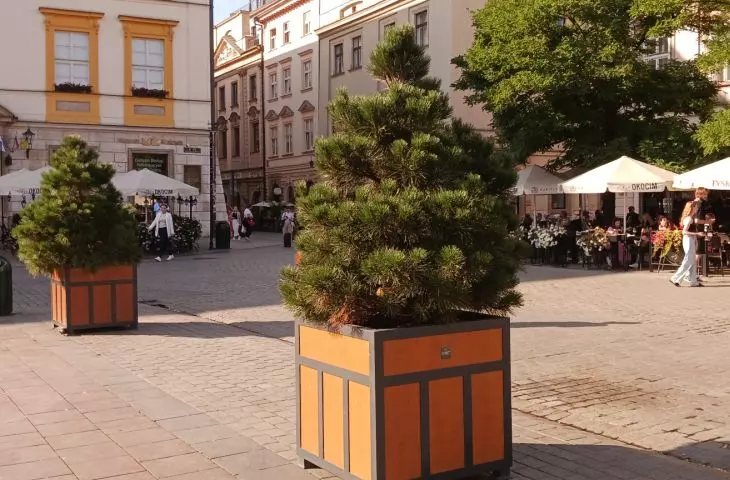Is "concretism" over? In asking this question, it is important to pay attention not so much to the realization of public spaces in Poland, but to the discourse and use of the term. What came after years of internet crusade against concrete squares?
The issue of "concrete squares" and the place of greenery in city centers has resonated for several years, especially when the term was picked up by the mainstream media. The heated "pans," as squares with little biologically active space were called, were stigmatized, and most city officials stood on their eyelashes, defending themselves from presenting any new designs for urban space.
What did this discourse bring? A team of experts from the Urban Policy Observatory of the Institute for Urban and Regional Development sought to answer this question.
As part of our #ReportThursday series, we present documents, reports and guides on architecture, cities and local government that are certainly worth publicizing and promoting. This week we look at the report "Greenery in the centers of Polish cities. Status, Functions and Challenges" published by the IRMiR's Urban Policy Observatory. The editors of the report are Agata Warchalska-Troll and Pawel Pistelok.
The entire report is available on the OPM IRMiR website.
The report "Greenery in the centers of Polish cities. Status, functions and challenges" published by the IRMiR's Urban Policy Observatory
© OPM IRMiR
the problem of discourse
The authors of the report began with the issue of the place of "concourse" and the discussion of greenery in cities in urban policies, as at the central level, pointing out the limited and not enough nuanced level of the dispute. By focusing on city squares, very often policymakers and green activists overlooked the issue of the formation of "urban heat islands" in many other parts of the city. Focusing on squares has led to observing mostly negative information and overlooking solutions to real urban problems.
Among the solutions, the report's authors suggest that there should be a more frequent focus not only on the partially flawed assessment of concretos, but on promoting good practices in the context of blue-green infrastructure. The discourse should balance certain aspects, also taking into account positive solutions that need proper dissemination.
Greening study developed by IRMiR
© OPM IRMiR
the problem of knowledge
Limited discussion also leads to a lack of adequate knowledge about urban greening. This lack of knowledge hits smaller towns the hardest, for which it is more difficult to create adequate facilities than it is for metropolises and large cities, which can afford to create greening boards or functions of urban gardeners.
This lack of knowledge should be overcome not only at the local government level, but especially at the local level. The report's authors suggest the necessity of creating a nationwide knowledge and advisory center for the formation of blue-green infrastructure. The elementary lack of knowledge should be countered by adequate access to it, which is lacking today. Among the recommendations is also the need to create special standards in the form of a document that can be used and implemented.
example of vegetation condition survey
© OPM IRMiR
problem to be solved
The report published by the IRMiR not only provides an overview of the general issues of the greenery issue, but also includes case studies from more than a dozen places in Poland that show how nuanced the problem is. The basic and most interesting conclusion remains the need to continue to promote good solutions and bring something more than the concept of "betonosis" into the discussion.
The entire report is available on the OPM IRMiR website.


























